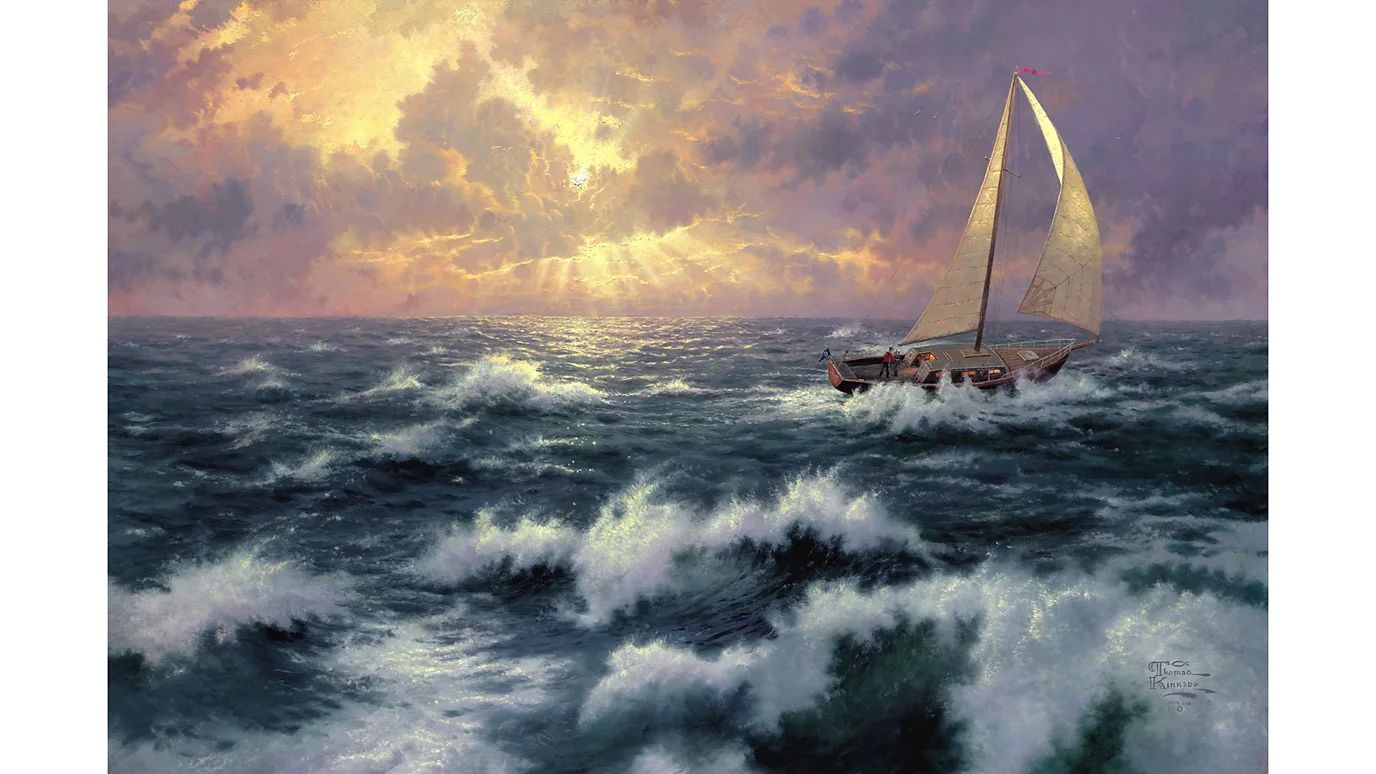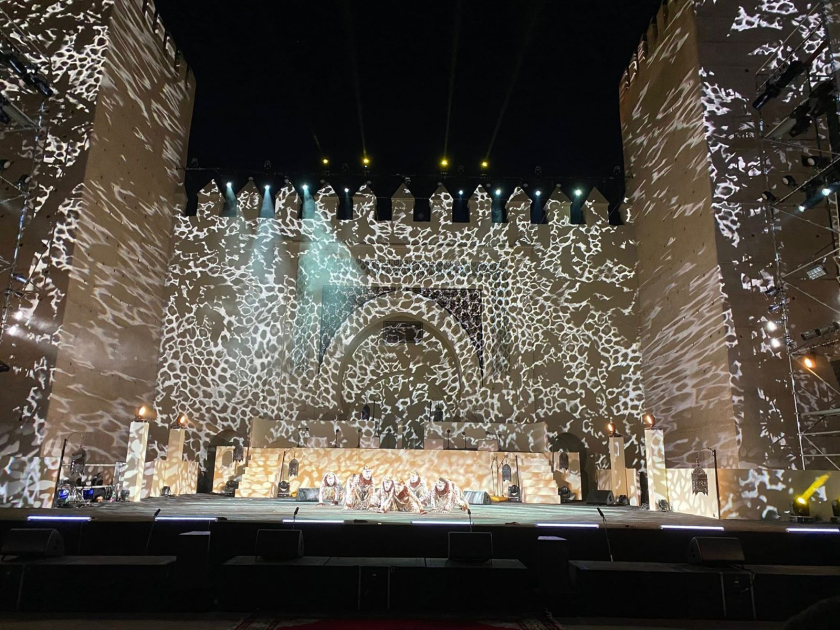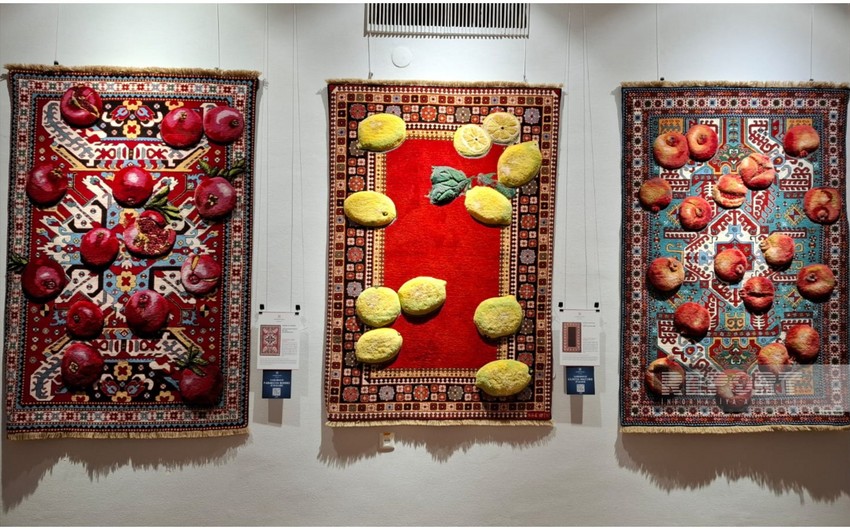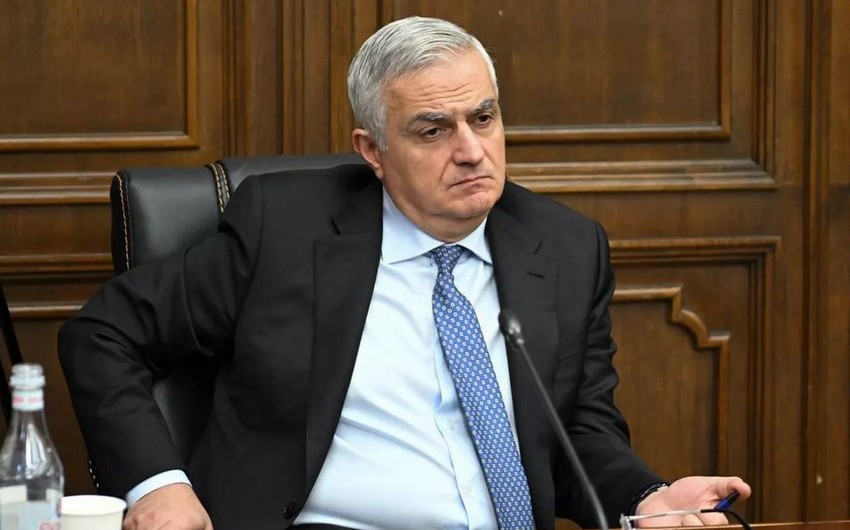Thomas Kinkade was one of the best-selling artists in history, as well as one of the most divisive. When he died in 2012, the American painter had been rocked by business problems, but at his commercial peak a decade earlier, his company was bringing in more than $100m a year. And yet his work was despised by many critics – not because it was blasphemous or obscene, but because, well, he specialised in quaint pictures of thatched-roof rural cottages nestling in leafy groves. "Thomas Kinkade's style is illustrative saccharine fantasy rather than art with which you can connect at any meaningful level," Charlotte Mullins, the author of A Little History of Art, tells the BBC. It is schmaltzy pastiches of Disney-style woodland scenes, complete with cutesy animals and fairy tale cottages. They are like the images you find on cheap greetings cards – sugary and forgettable. And compared to some critics, Mullins is being polite.
These critics don't just consider Kinkade's paintings to be nauseatingly sickly, they detect something disturbing and ominous about them. In her 2003 book on California, Where I Was From, Joan Didion summed up his art by saying. "It typically featured a cottage or a house of such insistent cosiness as to seem actually sinister, suggestive of a trap designed to attract Hansel and Gretel. Every window was lit, to lurid effect, as if the interior of the structure might be on fire." As harsh as that sounds, Didion may have been more perceptive than she realised. Art for Everybody, a new documentary directed by Miranda Yousef, shows that the man who called himself the "Painter of Light" did indeed have a dark side. His branding was so effective that you didn't know there was this really complicated and I would say tortured artist behind it all.
The documentary features audio tapes recorded by Kinkade when he was a long-haired, bohemian-looking art student in California in the 1970s – and even then, he was already fretting over the question of whether he could make an impact as an artist while making a decent living. After a stint in Hollywood, painting backgrounds for Ralph Bakshi's 1983 animated feature film, Fire and Ice, he concentrated on idealised, nostalgic American landscapes, and he and his wife Nanette sold reproductions of them outside a local grocer's shop. In the 1990s, he took the idealism and the nostalgia to new heights, and swapped his rugged vistas for soft-focus pastoral scenes that a Hobbit might deem a bit on the twee side. Old-fashioned lampposts and cottage windows glowed. Streams twinkled beneath slender stone footbridges. Bushes burst with pastel flowers. And cash registers rang. Kinkade didn't sell the paintings themselves, but the hazy idylls they depicted were soon being printed on collectible plates advertised in newspapers and magazines. For many Americans, they were comforting refuges from the modern world.
In order to maintain this brand and the vast business empire that went with it, Kinkade had to present himself as a Christian paragon, and he had to complete a stylistically identical painting every month. That meant that he had to suppress other, more conflicted parts of his psyche. The strain became too much. In the mid-2000s, Kinkade fell out with his business partners, and had legal battles with gallery franchisees. He reinvented himself as a womanising, hard-drinking hellraiser. After some interventions by his friends and family, some time in rehab, and the collapse of his marriage, he died of an accidental overdose of alcohol and diazepam at the age of 54.
It was only after his death that his family sorted through the vault containing his artwork, and uncovered a stash of bleak, violent drawings and paintings that seemed to express his inner rage and fear in a way that his cottage paintings never could: a shack in the middle of nowhere on a murky night; a nun pointing a gun at herself; giant monsters and distorted faces. Art for Everybody raises the questions of whether these pictures are more authentic than the ones the public knew about. Do they express how Kinkade really felt about his difficult upbringing and his frightening father? Would it have been healthier for him to explore the shadowy netherworlds in these pictures instead of shutting himself inside his stifling sylvan cottages, year after year? And were his critics right to say that his famous paintings were disturbing all along?
In some ways, Kinkade was ahead of his time. First, he was a culture warrior before culture wars were being fought as fiercely as they are now. As someone who claimed that he was taking a stand for Christianity and patriotism and against the intellectual elite, he was staking out territory occupied by more and more in the US today. He was also ahead of his time as an artist with such a brazen commercial side.Today we're seeing all these artist collabs.There's Yayoi Kusama who's working with Louis Vuitton, and Tom Sachs is working with Nike, and Kehinde Wiley is doing a collab with American Express, whereas you see in the movie an bank card with a Thomas Kinkade painting on it. He was already doing it 20 or 30 years ago.
Madina Mammadova\\EDnews










